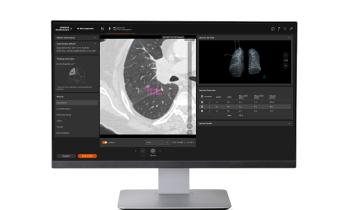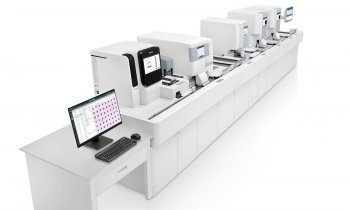EPRs dramatically speed up Chlamydia treatment cycle
The introduction of electronic patient records (EPRs) can ‘dramatically’ speed up the Chlamydia treatment cycle, more than doubling the number of people treated within two weeks of a test result, according to research led by Dr Gary Brook at the Patrick Clements Clinic, Central Middlesex Hospital, London, and published in the journal Sexually Transmitted Infections.
The researchers base their findings on over 100 sexual health clinic patients either treated in the first three months of 2007, before EPRs were introduced, or during the first three months of 2009, after the shift from paper records.
The date of first attendance at the clinic, first positive test result, first attempted patient contact, and attendance for treatment were all recorded for each patient over the two separate time periods.
Between 2007 and 2009 the average time taken to treat a patient after a positive Chlamydia test fell by 11.5 days to 3.5 days. The average time between first clinic attendance and treatment fell by 9.5 days to 11.5 days – despite test results taking two days longer to arrive from the laboratory.
The proportion of patients treated within two weeks of receiving a positive test result soared from 38% in 2007 to 94% in 2009. Patients were contacted an average of seven days sooner in 2009.
EPRs also cut the recall time by eliminating time consuming administrative procedures, such as searching for notes, and boosting efficiency, because many of the paper records had not been updated and so contained inaccurate contact information.
This in turn allowed for significantly more patients to be recalled by telephone: 59% were contacted in this way in 2007 compared with 88% in 2009.
Speedier contact ensured earlier treatment. ‘The longer a [sexually transmitted infection] goes untreated, the more risk there is of onward transmission and of clinical complications,’ the authors point out, adding, ‘ Appropriate use of technology greatly improves our ability to treat patients rapidly, and we should strive to use all available methods, for the good of our patients and the betterment of public health.’
Their conclusion: Clinics still running paper based records should strongly consider switching to EPRs.
Source: BMJ specialist journal ‘Sexually Transmitted Infections’: The effect of electronic patient records [EPR] on the time taken to treat patients with genital Chlamydia infection Sex Transm Infect 2010; doi 10.1136/sti.2010.042432. www.sti.bmj.com
07.07.2010










